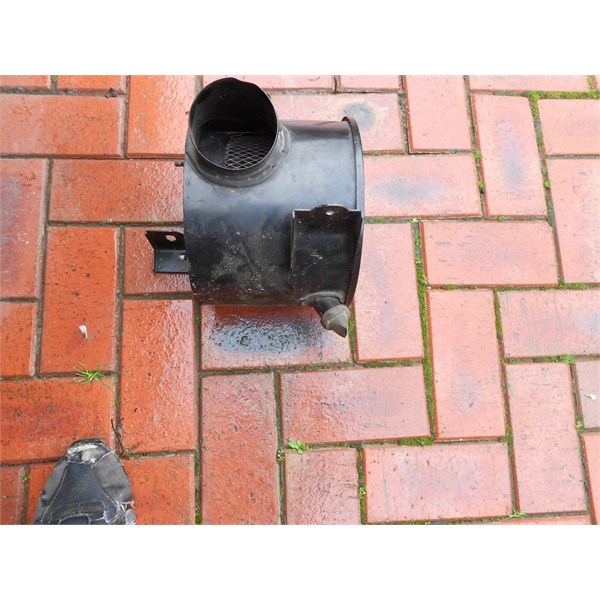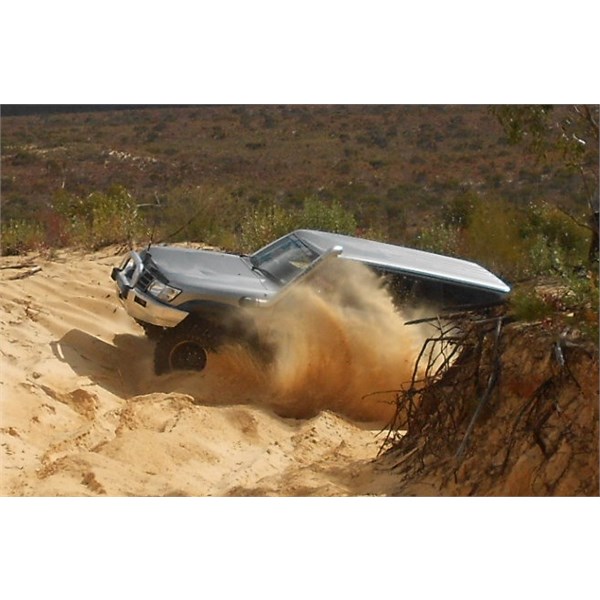Monday, Jun 17, 2013 at 12:06
I have been examining the whole
snorkel thing Keith as I am trying to design a better system.
While at first they appear to have some advantages, sort of like speed cameras, when
you look at the total picture things are not quite so black and white.
My petrol patrol - and probably most others have a much more sophisticated water management system than you imagine and while rated to 700mm water they will actually take a pulse input water level of over a metre.
My Patrols airbox for instant spins the air from inlet and at bottom of the airbox is a rubber fitting that essentially drops water.
Its effectivily the one way valve Frank mentioned above.
It also has a plastic moulded pipe from the mudguard to the air inlet which has a 1Lt cavity below it so that the heavier than air water entering is diverted to this cavity and further prevents water
getting to airbox.
So even if a
snorkel has inadequate water outlets then water is trapped by cars system.
However from what I have seen of
snorkel installations the fitting from
snorkel into cars air inlet is often not sealed and I suspect that what really happens is that water can leak out and hence will not build up - could this be a good thing ?
The question to be sure of is that if your
snorkel is made water tight - then you had
better be sure of the downstream water removal.
Attached is a picture of Patrol airbox showing a rubber fitting at base to dump water post
snorkel.
Second picture is a chance photo of Super Patrol just as sand spun up from its front wheel is about to enter
snorkel.
The car would have been better off with a standard inlet.

Patrol Airbox with water drain

Sand in Snorkel
AnswerID:
513256
Follow Up By: Member - Broodie H3 - Monday, Jun 17, 2013 at 12:20
Monday, Jun 17, 2013 at 12:20
Hi Robin, I have always wondered how the sand wound up in the air filter box after some of my fishing trips I had never given the
snorkel any credence for filling it up, now I know. Thanks Robin
FollowupID:
791945
Follow Up By: Ross M - Monday, Jun 17, 2013 at 14:27
Monday, Jun 17, 2013 at 14:27
Stands to reason, if you are going to throw heaps of sand at the air intake then it will be drawn into the airbox.
Same with water into the airbox of a normal intake vehicle during deep water crossings.
FollowupID:
791953